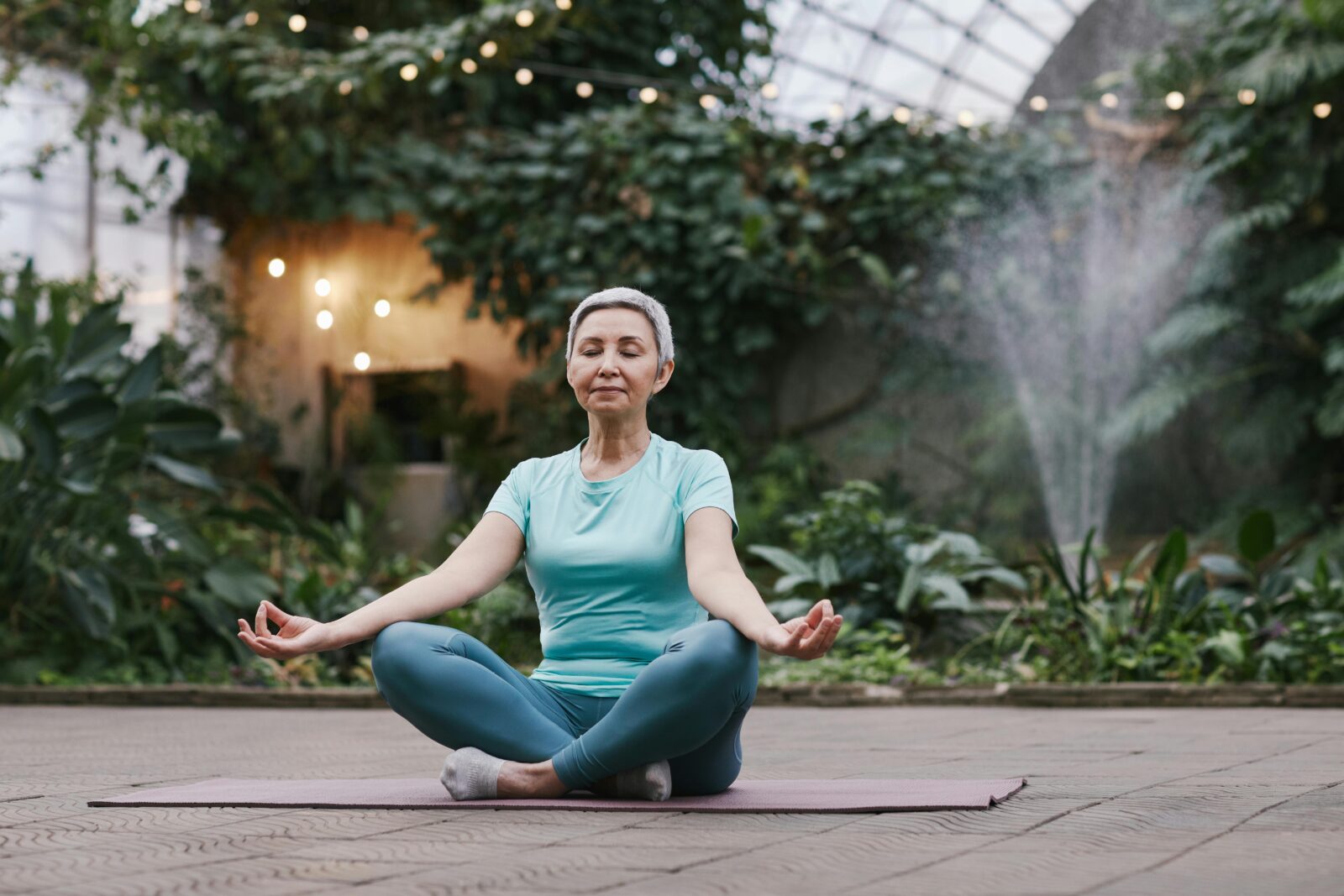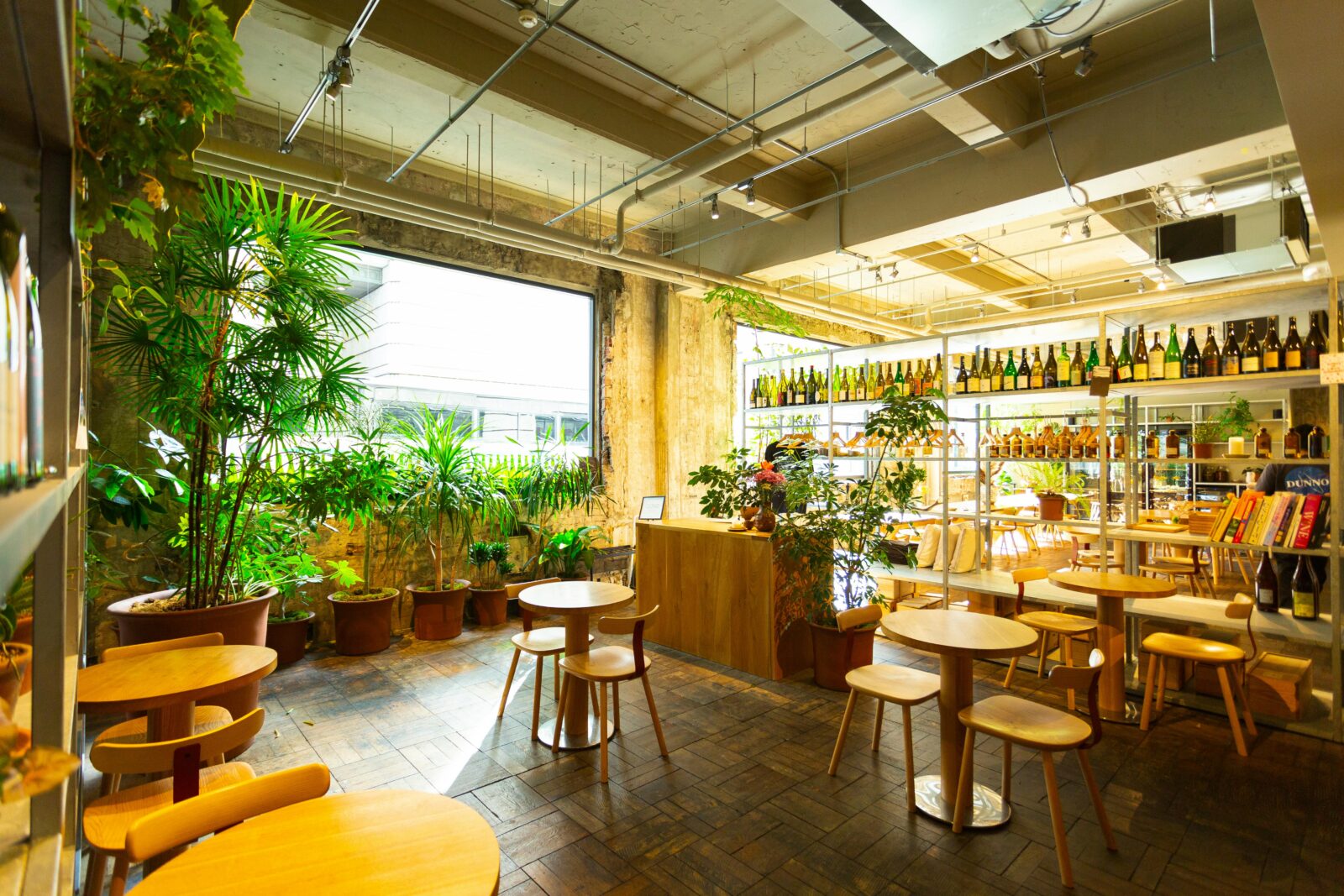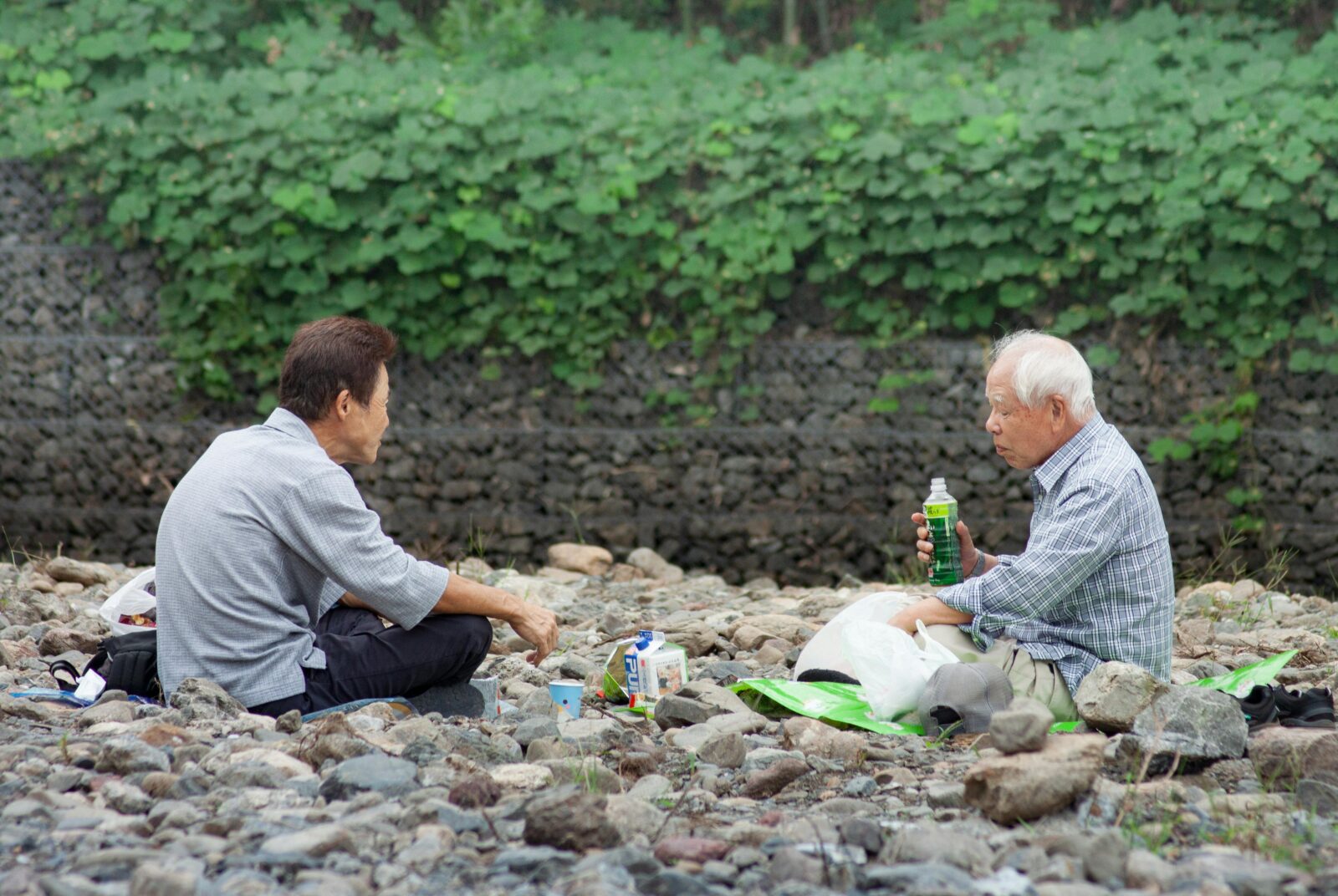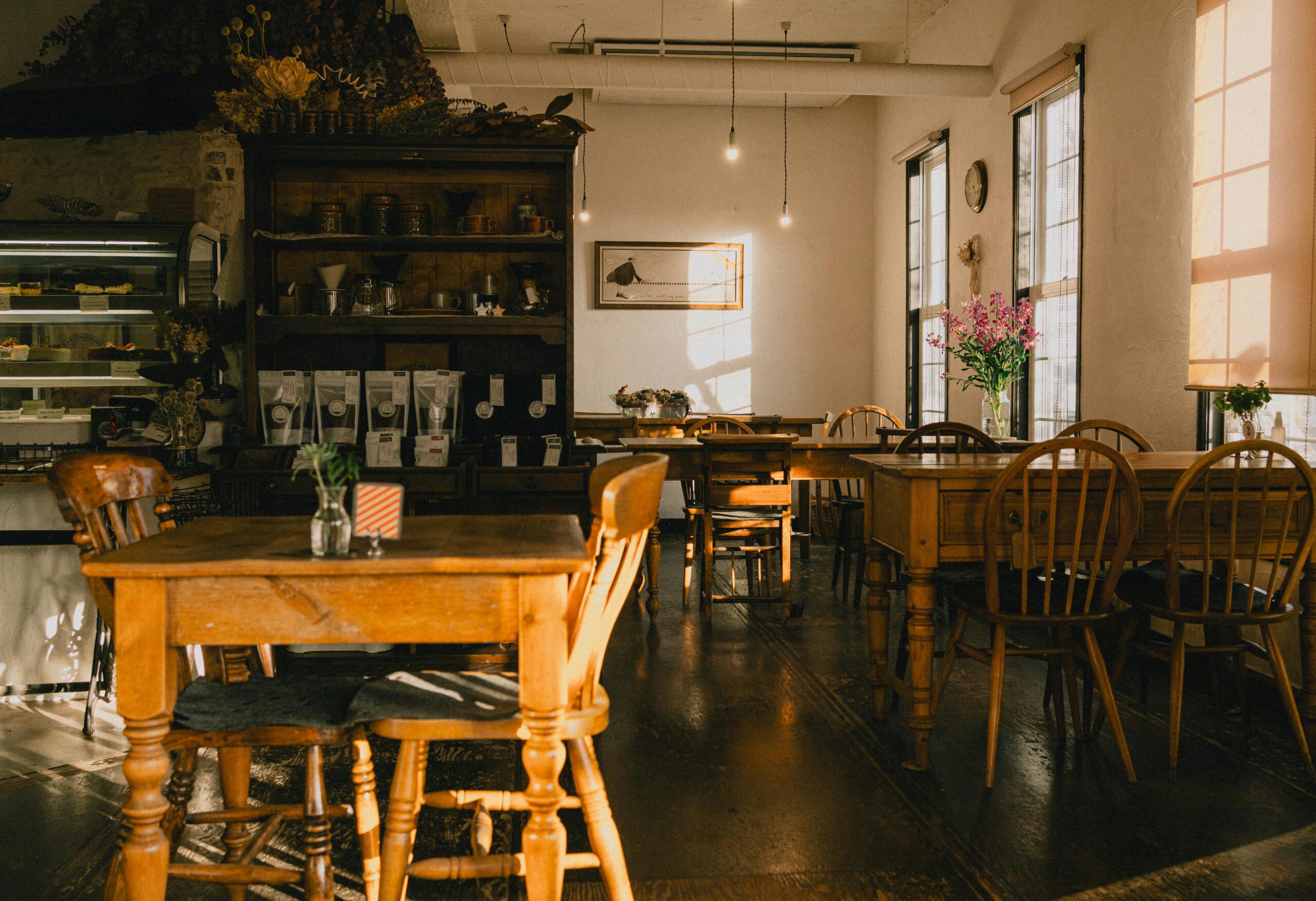| Everyday Care and Connection for the Elderly
Introduction
When I first started working as a caregiver in Japan, I often heard the word “デイサービス (day service)”.
At first, I thought it simply meant “daycare for the elderly,” but I soon learned it’s much more than that.
A day service is not just a place where seniors spend the day — it’s a warm, social space filled with laughter, exercise, and support.
It’s where independence and companionship meet, and where care feels calm, respectful, and full of heart.
What Is a Day Service (デイサービス)?
A day service in Japan is a community-based facility where elderly people (usually 65 and older) come during the day to receive care, rehabilitation, meals, and social activities.
Unlike nursing homes, users go home in the evening.
Most attend two to five times a week, depending on their care plan and family situation.
The goal is to help maintain independence, prevent isolation, and support families who look after their loved ones at home.
Each center has its own personality — some focus on rehabilitation, others on relaxation or social recreation.
A Typical Day at a Japanese Day Service
At the day service in Gifu where I work, each day follows a peaceful rhythm — busy, yet filled with small laughter and care.
But it’s important to note that every day service in Japan is different.
Each facility has its own routine, environment, and program based on the users’ needs and the staff’s creativity.
What I’ll share below is just one example of what daily life looks like at the center where I work.
1. Morning Pickup (送迎 – Sōgei)
Early in the morning, our staff drives the company van to pick up users from their homes.
We greet each person with cheerful voices —
「おはようございます!」 (“Good morning!”)
These small greetings already set a warm tone for the day.
2. Bathing and Health Check (入浴介助・健康チェック)
When users arrive, some go for bathing time, assisted gently by staff, while others have their blood pressure and temperature checked.
Bathing is not only for hygiene — it’s also a relaxing, refreshing moment that many look forward to.
3. Morning Exercise (機能訓練・体操)
While some staff assist in bathing, the rest of us conduct morning exercise sessions lasting about one hour, divided into three 15-minute rounds with 5-minute breaks between each.
Users can freely choose how much they want to join — some complete all three rounds, while others participate in one or two and take breaks in between.
The activities include stretching, arm and leg movements, balance training, and light strength exercises.
Our main goal is to protect our users.
Even though most of them can move independently, they are still at risk for falls or injury.
That’s why we stay close, watch carefully, and support them gently whenever needed.
It’s quiet teamwork — everyone focused on safety while keeping the mood light and enjoyable.
Some users prefer lighter activities during this time, such as paper-based brain training, coloring, or reading books quietly at their seats.
We respect each person’s pace, allowing them to enjoy the morning in their own way.

4. Café-Style Environment
Our facility is designed like a café, not a hospital.
Tables are arranged comfortably, with natural light, decorations, and soft background music.
It feels like a cozy place to spend the day rather than a medical center.
I’ve heard that other day service centers in Japan also have their own unique styles —
some offer beauty or massage treatments, while others create a “casino-style” theme (without real money!) for entertainment.
Every facility tries its best to create an environment that suits the users’ personalities and desires.

5. Lunch and Rest Time (昼食・休憩)
At noon, we serve a balanced Japanese meal — rice, miso soup, a main dish, and small side plates.
After lunch, users enjoy tea and rest time.
Some take naps, others read or chat softly.
It’s a quiet hour that helps everyone recharge — staff included.
6. Afternoon Activities (午後の活動)
In the afternoon, we start another round of light exercise and cognitive activities.
Some focus on brain training, reading aloud, or conversation practice.
Each week, we hold special events such as cooking activities, choir singing, or seasonal crafts.
These moments fill the room with laughter, teamwork, and music — a happy way to strengthen both body and mind.
7. Communication and Teamwork
Throughout the day, we use an intercom system to communicate quietly between staff.
It helps us respond quickly and smoothly when someone needs help, without disrupting the peaceful atmosphere.
This teamwork creates a calm environment where both users and staff can relax and enjoy their time.
8. Tea Time and Drop-Off (おやつ・送迎)
Before going home, everyone gathers again for tea and snacks.
It’s a small but lovely way to end the day together.
When it’s time to go, we help users into the van and say with smiles:
「また来週お会いしましょう!」 (“See you again next week!”)
Each farewell carries warmth — not just between staff and users, but between friends.

Why Day Services Are So Important in Japan
Japan has one of the oldest populations in the world, and many elderly people live alone or with family members who work full-time.
Day services provide a safe place for them to go, an opportunity to exercise and socialize, and emotional support that helps prevent loneliness.
For families, it provides peace of mind — knowing their loved ones are cared for during the day.
I think that’s what makes the Japanese care system so beautiful: it doesn’t only focus on the physical side of care, but also the emotional and social well-being of each person.
Reflection
Working at a day service taught me that caregiving can be filled with light, laughter, and teamwork.
It’s not just about helping — it’s about creating a space where everyone feels valued, safe, and at ease.
And just like people, no two day service are the same.
Each facility has its own rhythm, culture, and energy — shaped by its staff, users, and community.
That’s what makes this work so special to me: there’s no single “right way” to care, only the right heart behind it.
A day service may sound simple, but to our users, it’s a place of belonging —
a second home, full of kindness and gentle smiles. 🌸

